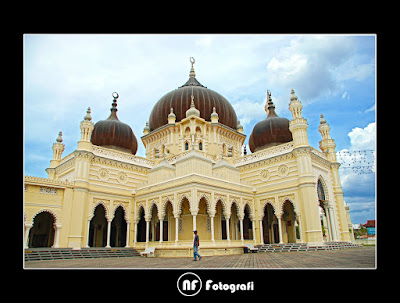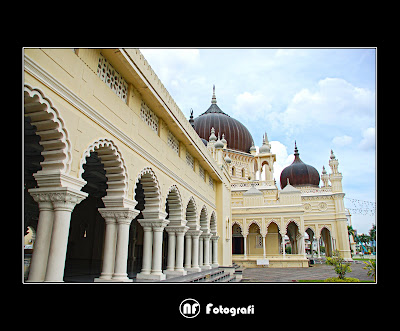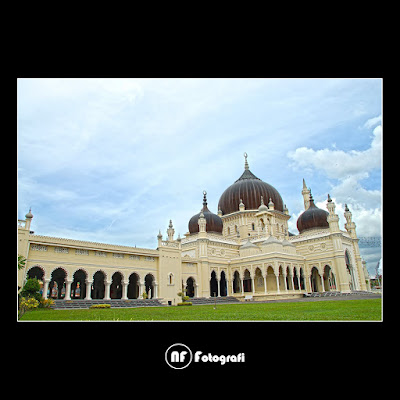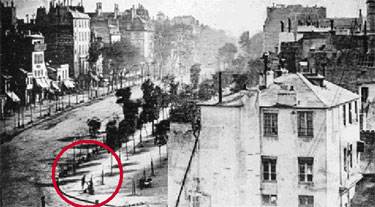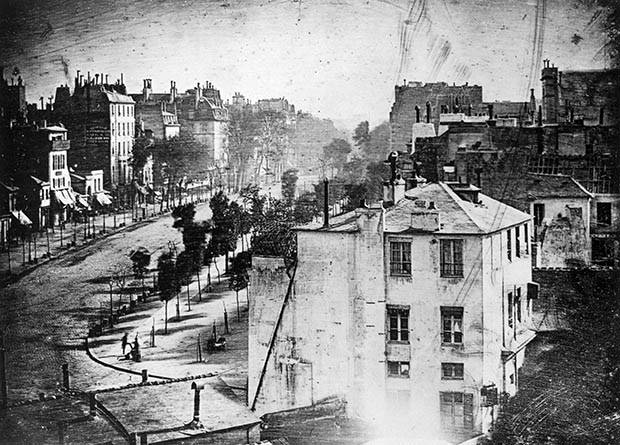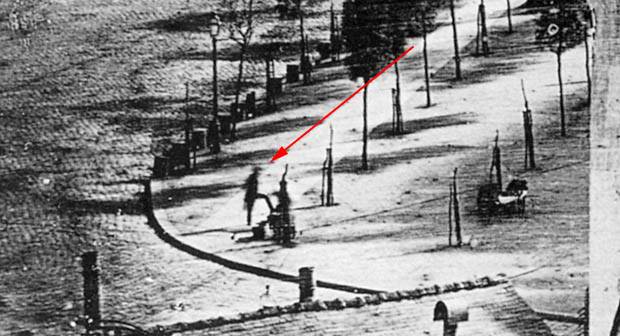 Photograph by Jim Richardson
Photograph by Jim RichardsonContributing editor Jim Richardson is a photojournalist recognized for his explorations of small-town life. His photos appear frequently in National Geographic magazine.
Available-light photography has always held the allure of intimacy. Other genres reach for grandeur and beauty or the brutal impact of graphic truth. Available light offers something else: the exotic possibility of going beneath the surface and into the shadows to reveal what is hidden.
What follows is not a technical primer but advice from the hard-won lessons of getting pictures out of tough situations. What I offer is practical, not theoretical. I'm like the man in the joke who spends hours looking for his lost keys under the streetlight, instead of down the darkened street where the keys can be found. "Because the light is better here," he explains.
Actually, that's what we do in available-light photography: look for the interesting light, then figure out how to use it to make an interesting picture. After all, most of what we like about those after-dark pictures is the haunting, unexpected character of the light creating brooding scenes that seem to reveal the world. They're not necessarily about the seamy underbelly of life, but there is always the hint that we are eavesdropping.
(Before I begin in earnest I should make a small confession: I made an additional calculation on taking this available-light picture at a hacienda outside San Miguel de Allende in Mexico. I didn't cheat, per se, but I'm just not making full disclosure by calling it available light. And I'll explain why in just a bit.)
So let me offer a few tips about taking successful pictures when the light gets low:
If he was a photographer, the guy looking for his keys under the streetlight had the right idea. Find the light and you'll probably find the picture. Certainly that was the case when I was wandering Arles in Provence several years ago and found that the town had covered all the streetlights with pink filters for a fashion festival. Now that was great light, even if there wasn't a lot of it. (A tripod can fix that.) The same goes for photographing an Irish pub (find one with nice light) or the streets of New York (Times Square is actually very bright).
Contrast is your enemy. The big problem is not necessarily that it is dark (we'll talk about that in a minute) but that the scene is so bright in some places and dark in others. The range from light to dark is simply more than the camera can handle well. So start training your eye to recognize where the light from all the sources is fairly well balanced. Suddenly your pictures will start looking rich and colorful.
"Fast" means a big f-stop, like f/2 or f/1.4. Big f-stops deliver more light. After decades of available-light shooting, I generally find a good f/2.8 lens fills the bill. The truth is that really good f/1.4 lenses are rare. I can count on two fingers the lenses I have owned that I would trust at f/1.4, and this includes several "legendary" lenses that didn’t deserve the status. In addition, the shallow depth of field combined with the low light of the scene means that getting a sharp focus is exceedingly tough. Better: f/2 lenses. When you get to f/2.8, most lenses deliver decent optical quality along with sufficient depth of field to generate real working images. Note: Most affordable zoom lenses may start out at f/2.8 at the wide-angle position and end up at f4.5 (or slower) at the telephoto end of the zoom range. Frankly, f/4.5 won't cut it for available light. This is why pros pay big bucks for zoom lenses that are a constant f/2.8.
- Consider using a prime lens.
If that phrase isn't familiar to you, it just means a non-zoom lens. A 24mm f/2.8 lens is a good example. A 50mm f/1.8 is another. They almost always have a faster f-stop and, hence, will do better in low light. There are two other reasons why prime lenses are the available-light photographers' friends. First, they are smaller and easier to handle, making working in tight situations more natural. Second, they generally have less flare. This is important in available-light situations where the photographer is dealing with several light sources in the picture, like streetlights in the background or lightbulbs in the jazz club. They work better "against" the light.
When a camera can really crank up the ISO, there is real payoff—and it is a digital-age wonder. I spent my early years in photography thinking that shooting black-and-white film at ASA 1600 was incredible. (That's not a typo: ASA was the standard that preceded ISO.) The pictures were grainy and the tonal range was horrible, but you could get images, if just barely. Today’s cameras routinely go up to ISO 3200 and deliver great image quality. I regularly pay a premium for cameras that deliver good images at ISO 6400 and higher. To me, it's worth it. (P.S. If you get a little noise in your pictures with the higher ISO, just get over it. A good picture will trump a little noise every time.)
- Wait to shoot until people look into the light.
If you're trying to photograph people in miserably low light, simply wait until your subject looks up into the light. When they do, be ready. You may have only an instant when their faces are fully lit. Suddenly a "bad" light situation will become tolerable. This is an old trick. Think of all those great pictures from the classic age of jazz photography. The musicians are always looking up!
Camera shake is your greatest enemy. Take a moment to calm down, breathe easy, concentrate, let your heartbeat slow, and get in the zone. Practice finding a steady position, work on holding your camera solidly but not tightly. Learn to lean on things to gain support. Squeeze off the shutter, smoothly and without jerking.
- Wait for motionless moments.
Pay attention to your subjects; they often have moments when they stop moving for a second or two. Often they will do it again. Learn their tells (like a good poker player) and you can be ready when the next moment of stillness happens.
The motor drive is also known as "the poor man's tripod." True enough. If you fire off five shots with the motor drive, at least one of them should be sharper than the rest, for lots of reasons. The motion of pushing the shutter often blurs the first frame but the second and third frames are much sharper. Or it could be just random luck with one frame coming at a steadier moment. With a subject that is moving, your camera’s motor drive gives you better odds of capturing a sharp shot.
When all else fails, try to embrace the blur that you have to accept anyway. Blur is just another word for motion, and motion in an image can be good. Think of the incredible energy of Carnival in Rio and you have the perfect example of a subject that just cries out for action made dramatic.
Why not just use a tripod, you may be asking? Because available light is about life. A tripod is fine if you are shooting nighttime urban landscapes, but real life just won’t hold still for you that long. Moments of truth are fleeting. Tripods make you slow.
What was the trick I alluded to earlier when I photographed the girl in the Mexican shop? I waited until she came over by the door where soft light from the fading sunset lit her beautifully. I didn't follow her around. I found the nice light and waited for the picture to happen there. Like the man under the streetlight, I looked for my keys where the light was better.
By : Photograph courtesy Jim Richardson
Article From : photography.nationalgeographic.com














